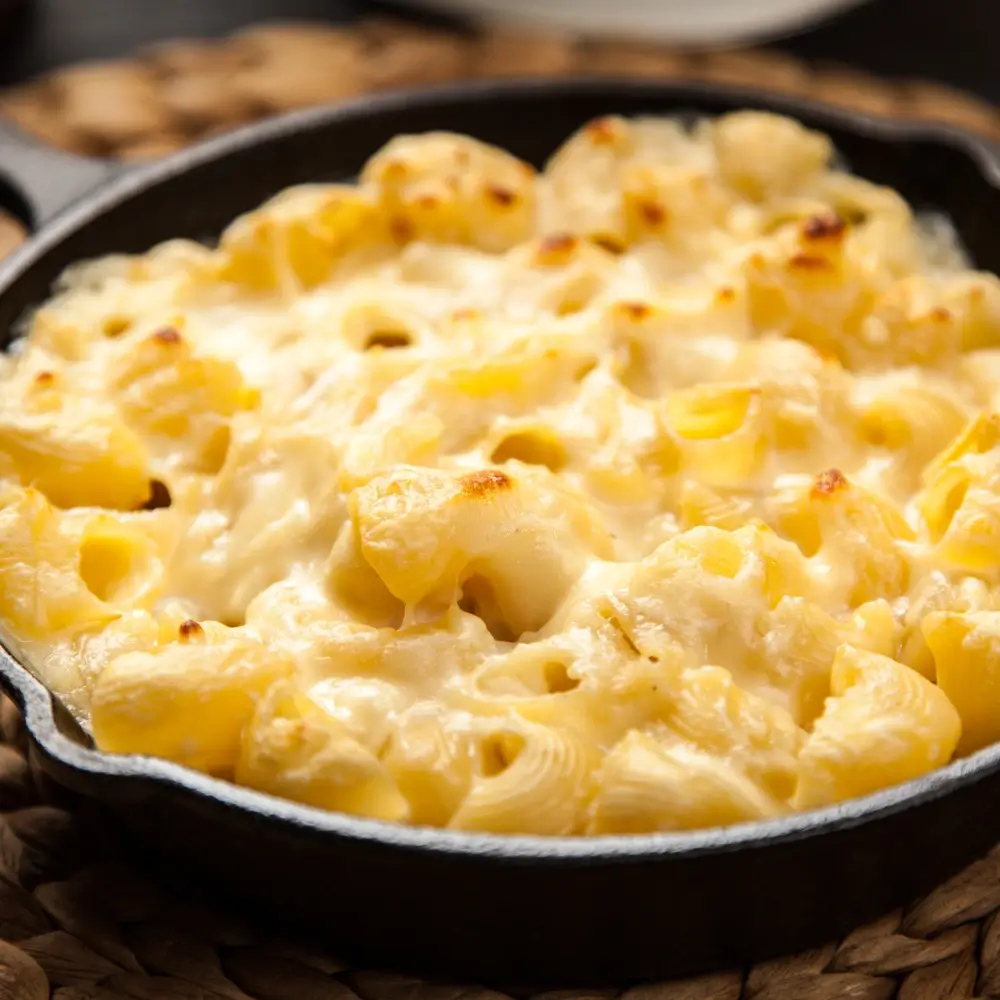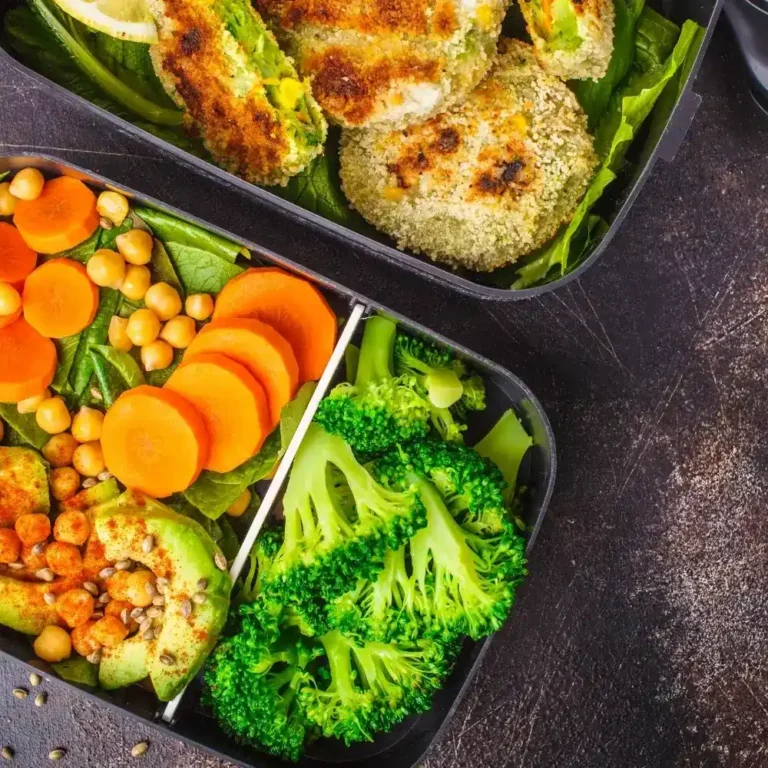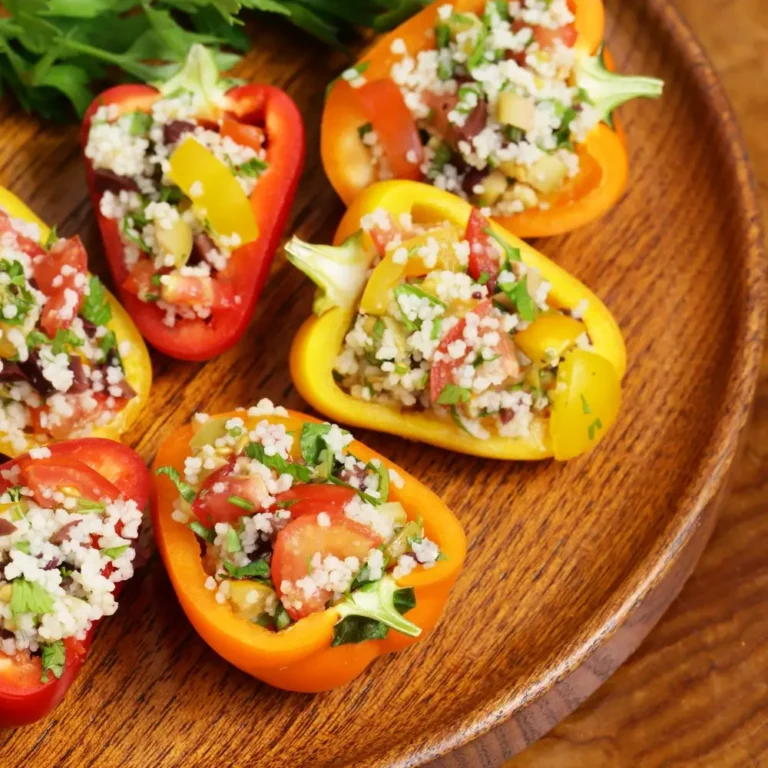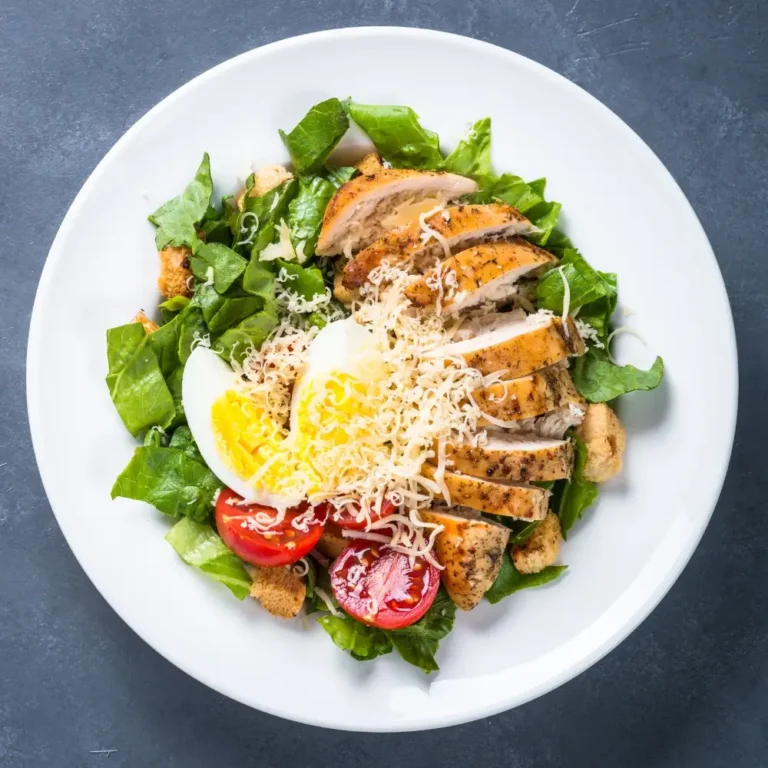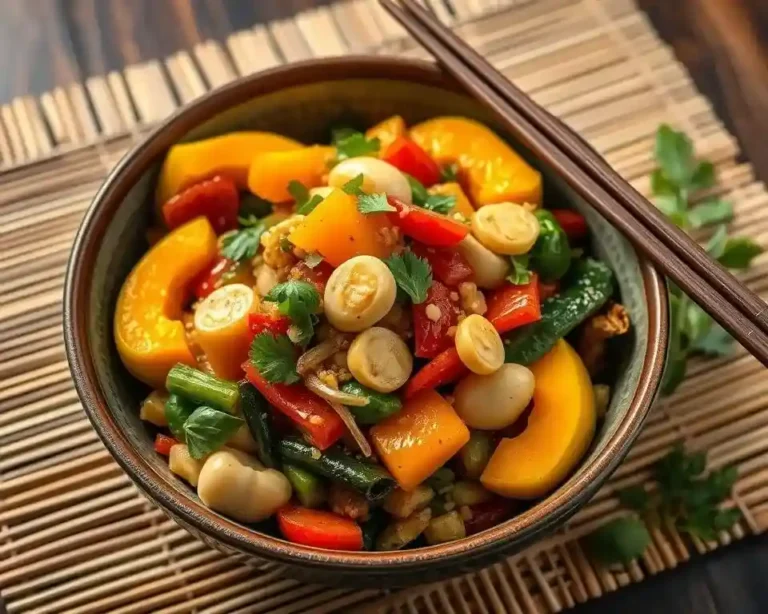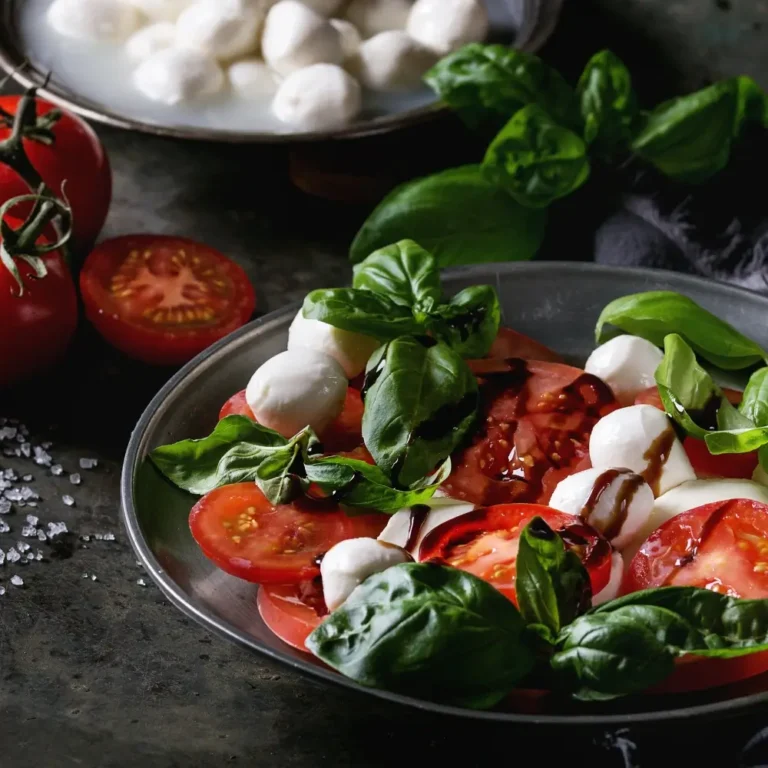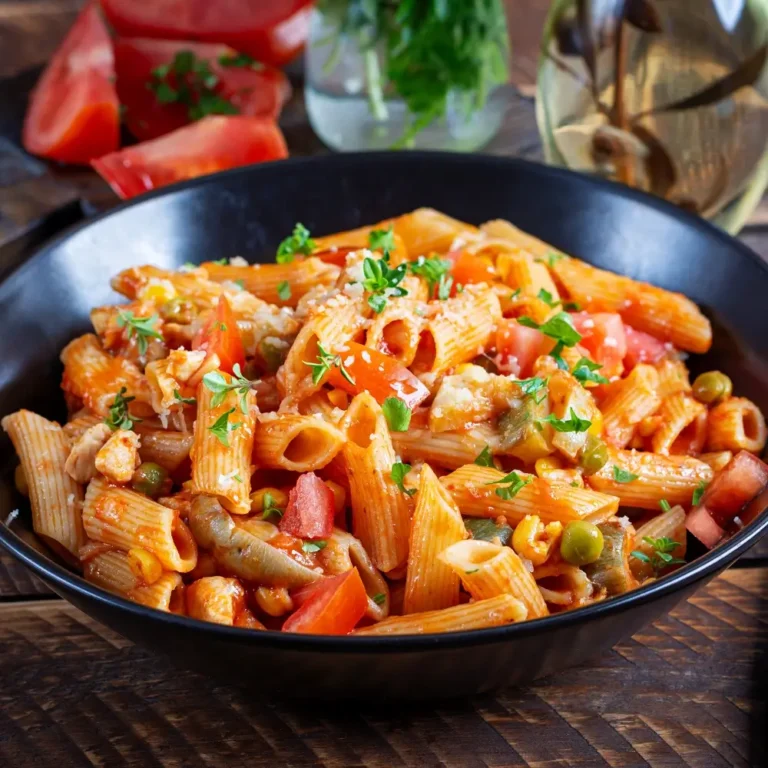Macaroni and Cheese Recipe
What makes a macaroni and cheese recipe unforgettable? Is it the creamy texture, the cheese mix, or how easy it is to make? A great macaroni and cheese is all about balance and simplicity. This guide will show you how to make a comforting dish for any time.
Exploring macaroni and cheese, you’ll learn about key ingredients and tools. You’ll also get step-by-step instructions for the perfect mac and cheese. This guide will help you create your own signature macaroni and cheese recipe.
Introduction to Macaroni and Cheese Recipe
A great macaroni and cheese recipe is just a few steps away. With the right ingredients and techniques, you can make a creamy mac and cheese that everyone will love. So, what are the key elements of a great macaroni and cheese recipe? Let’s take a look at the key takeaways.
Key Takeaways
- Learn the basics of macaroni and cheese, including the history and key components of the dish
- Discover the essential ingredients for making a creamy mac and cheese recipe
- Understand the required kitchen equipment for making macaroni and cheese
- Get step-by-step instructions for making the perfect mac and cheese
- Explore advanced techniques for customizing your macaroni and cheese recipe
- Find tips for making a easy mac and cheese recipe that’s perfect for any occasion
Table of Contents
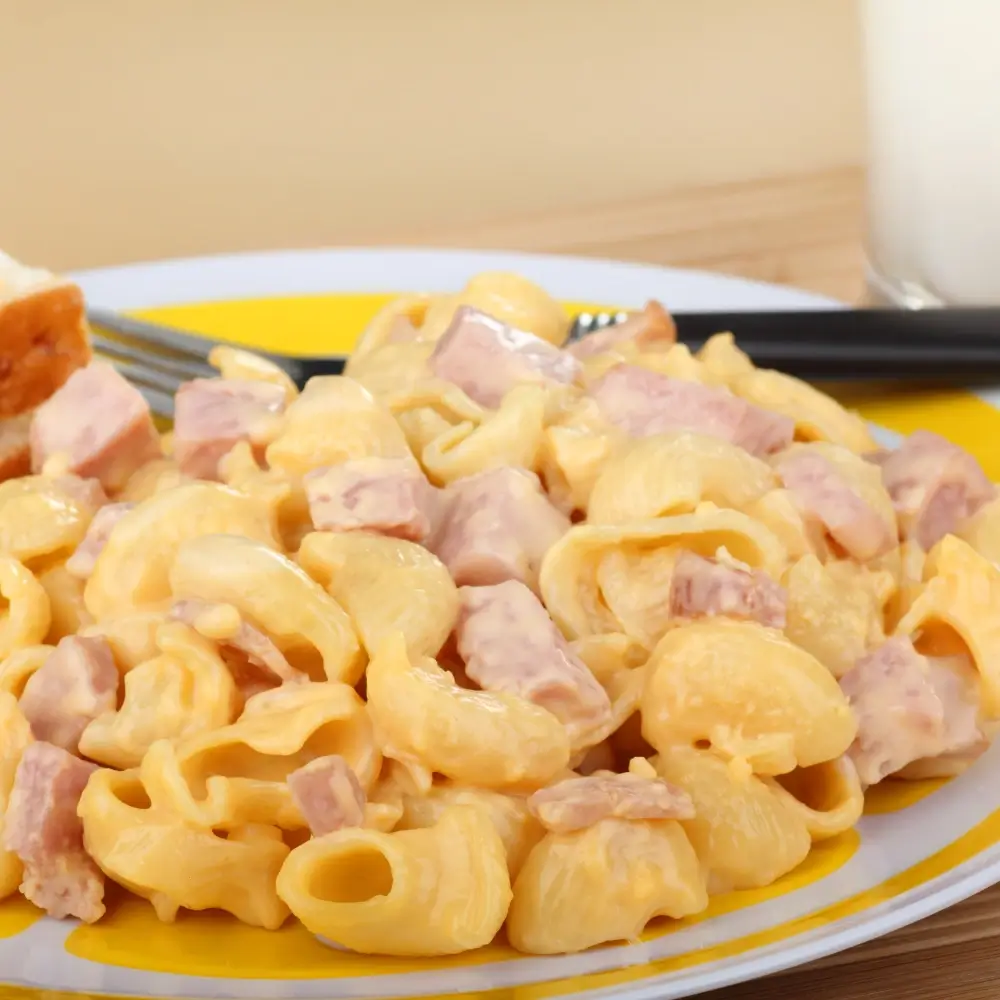
Macaroni and Cheese Recipe Basics
Macaroni and cheese recipes have many details to consider. From pasta type to cheese mix, making a tasty homemade dish can seem hard. But, knowing the basics helps you make the best macaroni and cheese for your taste.
Let’s explore the main parts of great mac and cheese. These are:
- The type of pasta: macaroni is traditional, but other shapes can also work well
- The cheese: a mix of cheddar, parmesan, and mozzarella is a classic choice
- The sauce: a creamy bechamel sauce is key for a smooth texture
Understanding these parts lets you try different macaroni and cheese recipes. You can find the perfect one for you, whether it’s creamy or modern. With practice and patience, you’ll make a homemade macaroni and cheese that everyone will love.
Macaroni and Cheese Recipe: Essential Ingredients
To make a delicious mac and cheese recipe baked to perfection, focus on the quality of your ingredients. Choose the right pasta, like elbow macaroni or cavatappi. These shapes hold onto the cheese sauce perfectly, ensuring each bite is filled with flavor.
For the cheese, a mix of cheddar, parmesan, and mozzarella works well. You can also try other cheeses, like gouda or provolone, for a unique flavor. The goal is to balance sharp and mild cheeses for a rich and creamy sauce.
Don’t forget the sauce. A classic bechamel sauce made with butter, flour, and milk is a great start. Adding grated onion or a pinch of nutmeg can enhance the flavor. For oven-baked mac and cheese, make sure the sauce is thick and creamy.
Here are some essential ingredients for your mac and cheese recipe:
- High-quality pasta
- A blend of sharp and mild cheeses
- A creamy bechamel sauce
- Optional ingredients, such as cooked bacon or ham, to add extra flavor
By using these essential ingredients, you’ll create a delicious and creamy mac and cheese. It’s perfect for a comforting casserole or a quick weeknight meal. A well-made mac and cheese is always a hit.
Macaroni and Cheese Recipe : Tools Needed
To make a tasty homemade macaroni and cheese, you need the right kitchen tools. The right equipment makes cooking easier and more fun. It doesn’t matter if you’re baking or cooking on the stovetop, the right tools are key.
For the best macaroni and cheese, details matter. The type of pot and measuring tools you use affect the final dish. You’ll need a big pot for boiling pasta, a saucepan for the cheese sauce, and a baking dish for baking.
Pots and Pans
- Large pot for boiling pasta
- Saucepan for making cheese sauce
- Baking dish for baked macaroni and cheese recipe
Measuring Tools
- Measuring cups for accurate ingredient measurements
- Measuring spoons for adding spices and seasonings
Optional Accessories
- Stand mixer for mixing the cheese sauce
- Immersion blender for smoothing out the sauce
With the right kitchen tools, you’re ready to make a delicious homemade macaroni and cheese. It doesn’t matter if you’re new to cooking or experienced. The right tools will make your dish better.
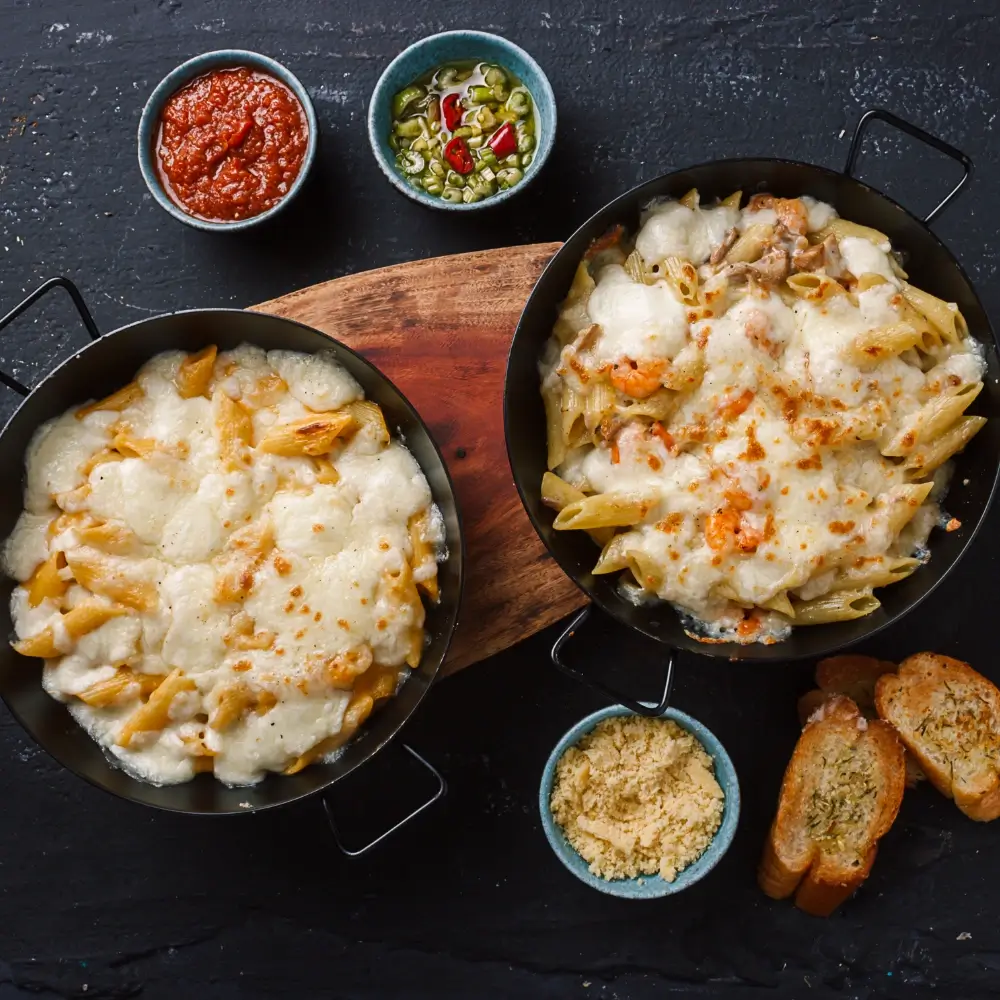
The Best Macaroni and Cheese Recipe Step-by-Step
To make a tasty macaroni and cheese, follow a few easy steps. First, cook your pasta until it’s al dente, as the package says. While the pasta cooks, start making the creamy sauce.
The sauce is made by mixing butter, flour, and milk in a pan. Then, add shredded cheese and whisk until it’s smooth and creamy.
After your pasta is cooked, drain it and set it aside. Then, add the pasta to the cheese sauce and stir until it’s well coated. Now, it’s time to put it all together.
Put the pasta and sauce in a baking dish. Sprinkle more cheese and toppings like breadcrumbs or bacon on top.
Next, bake the macaroni and cheese until the top is golden and the cheese is bubbly. This recipe is a family favorite and can be customized with your favorite ingredients. It’s perfect for a comforting dinner or a special occasion.
Remember, use high-quality cheese for the best taste. Don’t overcook the pasta, and season the cheese sauce well. With these tips, you’ll be making delicious macaroni and cheese in no time.
Choosing the Right Cheese Blend
The type of cheese used in mac and cheese can really make a difference. A homemade macaroni and cheese recipe depends on the quality and mix of cheeses. It’s important to know how different cheeses melt and blend together.
Start by trying out popular cheese mixes, like cheddar, parmesan, and mozzarella. These cheeses melt in unique ways, improving your dish’s flavor and texture. Cheddar gives a sharp, tangy taste, while parmesan adds a nutty, sweet flavor.
Popular Cheese Combinations
- Cheddar and parmesan for a classic, sharp flavor
- Mozzarella and gouda for a creamy, smooth texture
- Blue cheese and cheddar for a bold, pungent taste
It’s key to know how cheeses melt to get a smooth sauce. Mozzarella melts fast, while cheddar needs more heat and time. Mixing cheeses with different melting points creates a rich, velvety sauce that coats your pasta well.
Melting Properties of Different Cheeses
Finding the right cheese-to-pasta ratio is also important. Too much cheese can overwhelm the dish, while too little can make it dry. By balancing the cheese and pasta, you can make a creamy, satisfying homemade macaroni and cheese.
Perfecting Your Cheese Sauce
To make a creamy mac and cheese, perfecting your cheese sauce is key. This is where the magic happens, turning your easy mac and cheese into a rich, velvety dish. The type of cheese you use is very important. A mix of cheddar, parmesan, and mozzarella is great, as it balances flavor and texture.
Temperature and stirring are also important for a smooth cheese sauce. Heat the sauce slowly, whisking constantly to avoid lumps. This ensures your mac and cheese is creamy and delicious. For the best results, mix grated and sliced cheese, so it melts evenly.
Here are some tips for perfecting your cheese sauce:
- Use a variety of cheeses for a rich, complex flavor
- Heat the sauce gradually to prevent lumps from forming
- Stir constantly to ensure a smooth, creamy texture
- Don’t overheat the sauce, as this can cause it to break
By following these tips and using a mix of cheeses, you’ll make a creamy, easy mac and cheese. It’s perfect for any occasion, whether it’s a weeknight dinner or a special event. A perfect cheese sauce is the secret to a delicious, satisfying dish.
Cooking the Pasta Properly
To get the best homemade macaroni and cheese, cooking the pasta right is key. This step is often missed, but it greatly affects the dish’s texture and taste. Whether baking or cooking on the stovetop, al dente pasta is a must.
Al dente pasta has a slight chew. This texture helps it hold onto the cheese sauce, making each bite better. To get this, cook the pasta as the package says, but check it often. You want it a bit undercooked, as it will cook more after draining.
Al Dente Guidelines
- Check the pasta frequently during the last few minutes of cooking.
- Use a fork to test the pasta’s texture; it should have some resistance when bitten into.
- Avoid overcooking, as this can lead to mushy pasta that doesn’t hold the cheese sauce well.
Salt Levels in Pasta Water
Adding salt to the pasta water boosts your macaroni and cheese’s flavor. Use about 1-2 tablespoons of salt for every 4 cups of water. This amount seasons the pasta inside, making it taste better in your baked macaroni and cheese.
Baked vs. Stovetop Variations
There are two main ways to make mac and cheese: baked or stovetop. Baked mac and cheese gets a crispy top and creamy inside. Stovetop mac and cheese is quicker and easier, perfect for a weeknight dinner.
Both methods can make creamy mac and cheese. But baked mac and cheese often has a more even texture. If you’re after an easy mac and cheese, stovetop might be better. For a richer, cheesier taste, baking is the way to go.
- Cooking time: Baked mac and cheese takes longer than stovetop.
- Texture: Baked mac and cheese has a crispy top and creamy inside. Stovetop mac and cheese is creamier all over.
- Flavor: Baked mac and cheese has a more complex, cheesy taste due to baking.
Choosing between baked and stovetop mac and cheese depends on what you like. For a quick, easy mac and cheese, stovetop is great. But for a richer flavor and crispy top, baking is better.
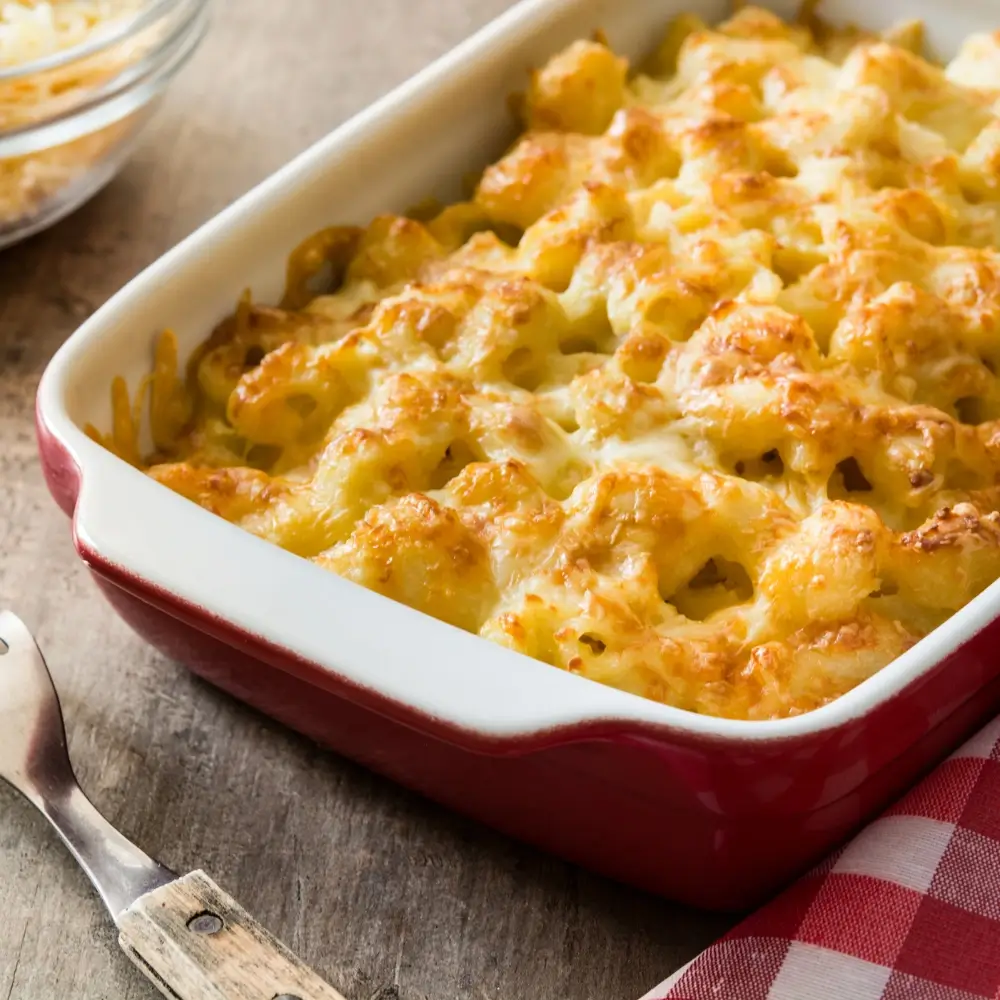
Macaroni and Cheese Recipes: Adding Extra Ingredients
Macaroni and cheese recipes offer endless possibilities. You can make your homemade macaroni and cheese your own by adding extra ingredients and toppings. This will not only boost the flavor but also make your dish unique.
Start by adding protein to your macaroni and cheese. Popular choices include cooked bacon, ham, or chicken. You can also add steamed veggies like broccoli or carrots for more nutrition. For a crunchy topping, try toasted breadcrumbs or crushed crackers.
Protein Options
- Cooked bacon
- Ham
- Chicken
- Steamed vegetables, such as broccoli or carrots
Vegetable Add-ins
- Steamed broccoli
- Sauteed spinach
- Roasted bell peppers
Crunchy Toppings
- Toasted breadcrumbs
- Crushed crackers
- Chopped nuts, such as almonds or walnuts
Experimenting with different ingredients and toppings lets you create a macaroni and cheese recipe that’s just right for you. Whether you want a comforting, creamy dish or a nutritious meal, the perfect macaroni and cheese is just a few ingredients away.
Troubleshooting Common Problems
When making macaroni and cheese, you might run into some common issues. These can affect how your dish turns out. Overcooked pasta is a big problem, making your mac and cheese unappealing.
To fix this, cook your pasta al dente. This is key to a great mac and cheese. If your sauce is too thick, adding more milk or cream can help. Stir the mac and cheese halfway through baking to avoid unevenness.
Here are some more tips to solve common problems:
- Check your oven temperature to ensure it’s accurate, as this can affect the baking time and result of your creamy mac and cheese recipe.
- Don’t overmix the pasta and cheese sauce, as this can lead to a dense and unappetizing easy mac and cheese dish.
- Use a combination of cheeses, such as cheddar and parmesan, to create a rich and creamy sauce for your macaroni and cheese recipe.
By following these tips, you can make a delicious mac and cheese. It’s perfect for any meal, whether it’s a weeknight dinner or a special occasion. These tips will help you get it just right.
Storage and Reheating Guidelines
After making your homemade macaroni and cheese, it’s key to store and reheat it right. This keeps it creamy and flavorful. Whether it’s baked or stovetop, the right storage and reheating are vital for enjoying it longer.
First, let’s talk about storing it. You can keep your macaroni and cheese in an airtight container in the fridge for up to 3 days. Also, you can freeze it for up to 2 months. When freezing, use airtight containers or bags to avoid freezer burn.
Reheating Techniques
There are a few ways to reheat your macaroni and cheese. You can use the oven, microwave, or stovetop. Here are some tips for each:
- Oven: Reheat at 350°F (180°C) for 15-20 minutes, or until heated through.
- Microwave: Reheat on high for 30-60 seconds, or until heated through.
- Stovetop: Reheat over low heat, stirring constantly, until heated through.
Freezing Instructions
If you plan to freeze your macaroni and cheese, do it before baking. Just assemble the dish but don’t bake it. Cover it with plastic wrap or foil and freeze. To bake, thaw it overnight in the fridge and then bake as directed.
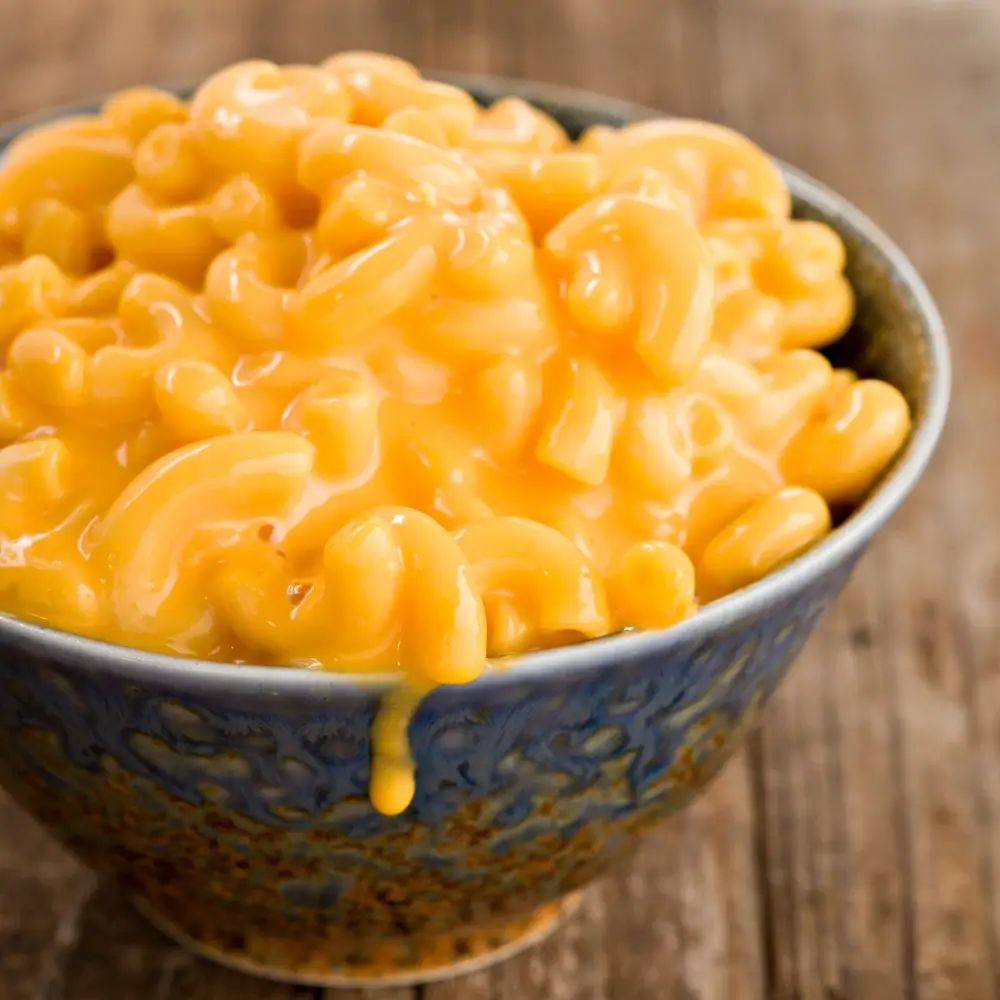
Macaroni and Cheese Recipes: Nutritional Information
Understanding the nutritional content of macaroni and cheese recipes is key. A classic mac and cheese baked in the oven is comforting but also has calories. A creamy mac and cheese recipe can be healthy if you balance the ingredients.
A serving of macaroni and cheese is about 1 cup cooked, with 250-300 calories. It has 30-40g of carbs, 10-15g of protein, and 10-15g of fat. To make it healthier, use whole wheat pasta, less cheese, and add steamed veggies.
Here’s a quick look at the nutritional info for different mac and cheese recipes:
- Classic mac and cheese recipe baked: 250-300 calories per serving, 30-40g of carbohydrates, 10-15g of protein, and 10-15g of fat
- Creamy mac and cheese recipe: 300-350 calories per serving, 35-45g of carbohydrates, 12-18g of protein, and 15-20g of fat
- Whole wheat mac and cheese recipe: 200-250 calories per serving, 25-35g of carbohydrates, 10-15g of protein, and 8-12g of fat
Knowing the nutritional content and serving sizes helps you enjoy macaroni and cheese while staying healthy. Whether you like a classic or creamy recipe, there are ways to make it part of a balanced diet.
| Recipe Type | Calories per serving | Carbohydrates | Protein | Fat |
|---|---|---|---|---|
| Classic mac and cheese recipe baked | 250-300 | 30-40g | 10-15g | 10-15g |
| Creamy mac and cheese recipe | 300-350 | 35-45g | 12-18g | 15-20g |
| Whole wheat mac and cheese recipe | 200-250 | 25-35g | 10-15g | 8-12g |
Making It Ahead: Prep and Planning Tips
Planning ahead is key when making easy mac and cheese. With a homemade recipe, you can prep ingredients and assemble the dish early. Start by cooking your pasta al dente and setting it aside for later.
Having the right ingredients is essential for a great mac and cheese. You can make your cheese sauce ahead and keep it in the fridge for a day. When ready, mix the cooked pasta, cheese sauce, and any extra ingredients in a baking dish.
Here are some tips for making your macaroni and cheese ahead of time:
- Prepare your ingredients early, like grating cheese and chopping add-ins.
- Assemble the dish up to a day before, but bake it just before serving.
- Use a slow cooker to keep your mac and cheese warm and ready.
By following these tips, you can enjoy a delicious homemade macaroni and cheese with less stress. It’s perfect for serving a crowd or a comforting weeknight meal. Making your mac and cheese ahead of time can be a big help.
Conclusion
Now that you’ve read this guide, you know how to make the perfect macaroni and cheese. This creamy dish is both delicious and comforting. It’s sure to be a hit with anyone who tries it.
By using the tips from this article, you can make a macaroni and cheese that suits your taste. Whether you like a classic recipe or something new, the key is to use the best ingredients. Don’t be afraid to try new things and experiment.
So, go ahead and get creative with your macaroni and cheese. This guide has given you the tools to make a dish that will become a favorite. Remember, the best recipe is one made with love and care. So, add your own twist to this classic comfort food.
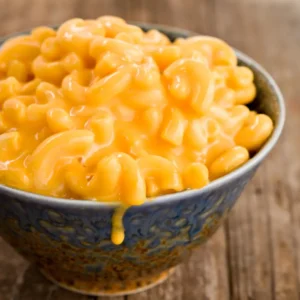
Macaroni and Cheese Recipe
Ingredients
- 8 oz elbow macaroni
- 2 tablespoons unsalted butter
- 2 tablespoons all-purpose flour
- 2 cups whole milk
- 2 cups shredded cheddar cheese
- ½ cup shredded mozzarella cheese
- ¼ teaspoon garlic powder
- ¼ teaspoon onion powder
- Salt and freshly ground black pepper to taste
- ¼ cup grated Parmesan cheese (optional)
Instructions
- Cook the elbow macaroni according to the package instructions. Drain and set aside.
- In a medium saucepan, melt the butter over medium heat. Once melted, add the flour and whisk to create a roux. Cook for 1-2 minutes until golden.
- Gradually pour in the milk while whisking continuously to prevent lumps. Cook the mixture for 5-7 minutes until it thickens.
- Stir in the shredded cheddar cheese, mozzarella cheese, garlic powder, onion powder, salt, and pepper. Continue stirring until the cheese is melted and the sauce is smooth.
- Add the cooked macaroni to the sauce and toss to coat.
- If desired, sprinkle grated Parmesan cheese on top and serve warm.
Notes
FAQ:
What ingredients do I need for mac and cheese?
To make a delicious Macaroni and Cheese Recipe, you need macaroni pasta, cheese (like cheddar), butter, milk, and seasonings such as salt and pepper. Some recipes also include flour for a creamy sauce. You can add extras like garlic or mustard for more flavor.
What is the best cheese to use for macaroni and cheese?
For a rich Macaroni and Cheese Recipe, cheddar is the most popular choice because of its sharp flavor and smooth melt. You can mix it with mozzarella for extra creaminess or Parmesan for a stronger taste. A combination of different cheeses often gives the best results.
What is the trick to keeping mac and cheese creamy?
To keep your Macaroni and Cheese Recipe creamy, use enough milk and butter in the sauce and avoid overcooking the pasta. Stirring in cheese gradually and using a mix of cheeses helps with texture. Adding a bit of cream or yogurt can also make it richer.
Why is mac and cheese so creamy?
A Macaroni and Cheese Recipe is creamy because of the cheese sauce, which blends melted cheese, milk, and butter. The use of flour or cornstarch helps thicken the sauce and keep it smooth. Cooking the sauce gently prevents it from becoming grainy.
What is the main ingredient in macaroni?
The main ingredient in macaroni used for a Macaroni and Cheese Recipe is durum wheat semolina. This type of wheat gives pasta its firm texture, allowing it to hold up well when mixed with creamy cheese sauce. Whole wheat or gluten-free options are also available.
What makes mac and cheese taste good?
A flavorful Macaroni and Cheese Recipe depends on high-quality cheese, a well-seasoned sauce, and properly cooked pasta. Adding spices like paprika or garlic powder enhances the taste. A crispy topping of breadcrumbs or extra cheese adds a delicious contrast.
